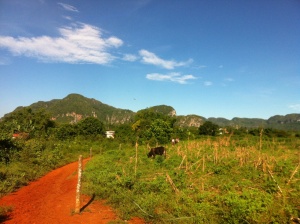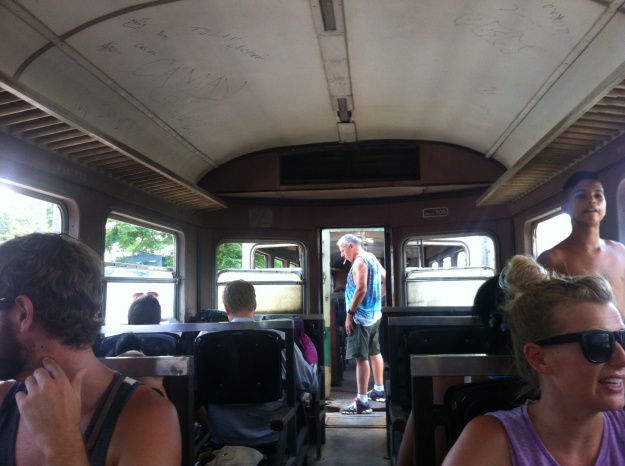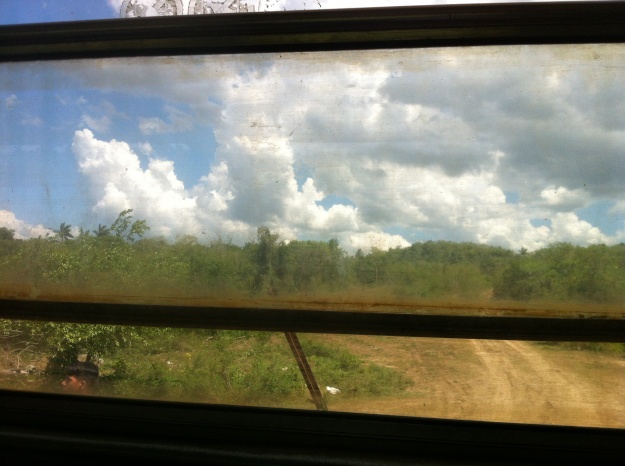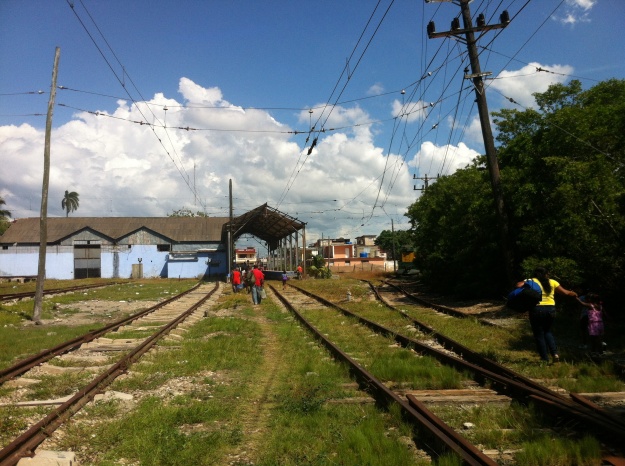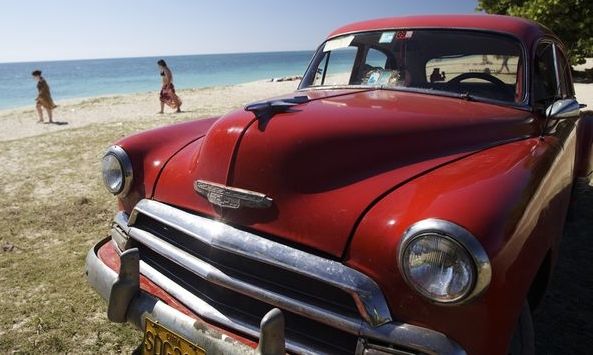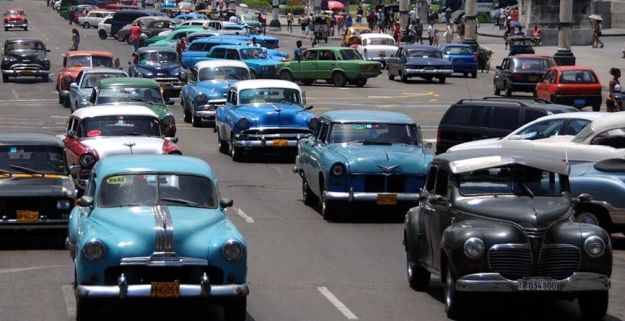A few tips for getting the most out of Cuba’s spectacular capital city…
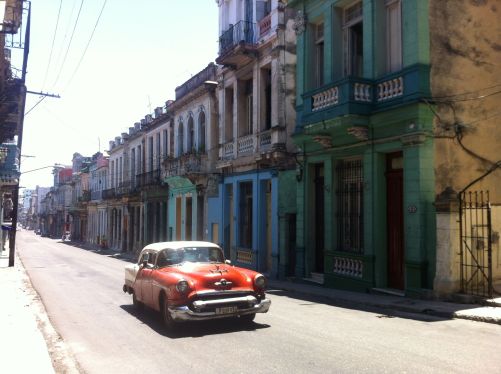
I’m going to Cuba. I’ve heard Havana is noisy and dirty, and the beaches of Varadero are the place to be. Should I bother visiting?
Yes, you should. The palms and piña coladas of Varadero ain’t got nothin’ on Havana. It is dirty and noisy, though. Get excited!
Where should I stay?
If you want to soak up the colonial charm of the old town, find somewhere in Habana Vieja. It’s lovely just to be able to wander around, and after losing a couple of hours in this maze you’ll be very grateful for a nearby refuge. However, culture vultures or those wanting to escape the madness should head for the wide, green boulevards of Vedado. This district is my favourite – cinemas and theatres abound, and you’re never far away from a world-class music venue.
Re accommodation: I heard recently that with the recent surge in tourism, Cuban hotels are all booked up forever and ever. Whether that’s true or not, don’t let it put you off. If you want the real deal, stay in a casa particular – these private homestays go from experienced family businesses to couples just renting out a spare room. They tend to be cosy, clean and serve delicious meals, including generous breakfasts. TripAdvisor and MyCasaParticular have plenty of recommendations. Book in advance in high season, but don’t stress out – somebody will put you up.
However, if you prefer the backpacker vibe, I stayed in Casa de Ania (Calle Jovellar y San Francisco) near Vedado, which I would definitely recommend. Hostels are pretty new on the scene in Cuba but this one strikes the perfect note, with several shared and private rooms and a nice common area to meet fellow travellers and drink rum not on your own.
How long do I need to get to know the city?
Probably a lifetime, but three to five days will do if you’re on a whirlwind tour. You’ll have time to scamper around and see all the beautiful sights, but still have a moment or two to stop and stare, sip a daiquiri in an old Hemingway joint, and watch life at its liveliest on the Malecón.

How do I get around?
Those world-famous American cars, or máquinas, aren’t just there for show – they keep Havana moving all day and night. They’re essentially shared taxis that travel fixed routes. The key to getting one is not being shy. Stick your arm out and indicate how many people you are with your fingers, and when someone stops, just tell them where you want to go. Try and get a good map so you know which side of the road to stand on, or ask your hosts if you’re not sure! A short ride should cost about 50 cents, or 1 CUC for longer journeys. It can be confusing at first, but once you get the hang of it, it’s definitely the quickest way to get around.
Alternatively, use your feet. There is so much to see and take in that if you’re feeling energetic, this is the perfect way to roam. Wear sensible shoes, and take plenty of water.

I’ve heard that communist states have a pretty miserable cultural life. What am I going to do with my time in Havana?
Even a quick visit will put paid to this myth. I’ve never been anywhere as exciting and culturally rich as Cuba’s capital, and even in the hardest years of economic crisis, the country has been a very good place to be an artist or dancer. Whether it’s cutting-edge modern art you’re into, or the catchy melodies of traditional son (think Buena Vista Social Club), you’ll never exhaust what Havana has to offer.
For those interested in Cuba’s revolutionary history, the Museo de la Revolución (Calle Refugio 1, Monserrate y Zulueta) is not to be missed – the palace is a sight in itself, and the collections are fascinating. Other great museums include the Museo Nacional de Bellas Artes (San Rafael, Monserrate y Zulueta) – look for Wifredo Lam’s abstract sugar canes and the bright canvases of Amelia Peláez. Lots of small, contemporary galleries are dotted around Calle Mercaderes in Old Havana, and are definitely worth a look around. The Centro Wifredo Lam (Calle San Ignacio, cnr. Empedrado) is a fantastic (and free!) exhibition space and always has interesting displays on.
Havana boasts a world-class ballet at the Gran Teatro (Paseo del Prado) – pop in and see what tickets are on offer. The classical concerts every Thursday and Sunday at 6pm at the Basilica San Francisco de Asís are also terrific (book the day before). Check LaHabana.com for current listings of loads of musical and cultural events.
It might get dark at some point, but Havana never sleeps. If you don’t want to either, start off by sipping mojitos in one of the million bars in Habana Vieja or Vedado. Or do as the locals do – buy a bottle of Havana Club and head to the Malecón. If you like jazz, head to La Zorra y el Cuervo (Avenida 23, N y O) – you enter through a mysterious red postbox into the underground club. Entry costs 10 CUC and includes two drinks, and listings are posted outside – if Miguel Herrera y Joven Jazz are playing, you would be mad not to go. Later on, La Gruta (next door to La Zorra) does good salsa nights on Wednesdays, and the hybrid bar/club/gallery Fábrica de Arte (Calle 26, cnr. 11) promises an otherworldly experience and, obviously, excellent music.

I’m hungry.
Not to worry – Havana isn’t famed for its food but there are some very decent cheap eats and more upmarket paladares. La Bodeguita del Medio (Calle Empedrado 207) does very good traditional fare. El Chanchullero (Teniente Rey, 457a bajos) is shamelessly hipster and always full of tourists, but the food is great and the mojitos strong. For cheap peso restaurants, Los Primos (Calle 23 y H, Vedado) is very good – the mango batido (milkshake) is delicious.
In general, fish is always a good shout, but steer clear of the pizza (except in Don Giovanni, #107-109 Tacón y Mercaderes). Vegetarians can usually get huevos fritos (fried eggs) with the staple beans and rice, even if it’s not on the menu.
What should I take?
Clean, cool clothes and sensible walking shoes, and whatever essentials you can, as finding provisions in Cuba can be fraught (tampons, always remember tampons).
A good book – try Graham Greene’s Our Man in Havana or Pedro Juan Gutiérrez’s Dirty Havana Trilogy (not for the faint-hearted).
It’s best to take money with you, which can be exchanged for CUCs in banks, but there are lots of ATMs throughout the city as well.
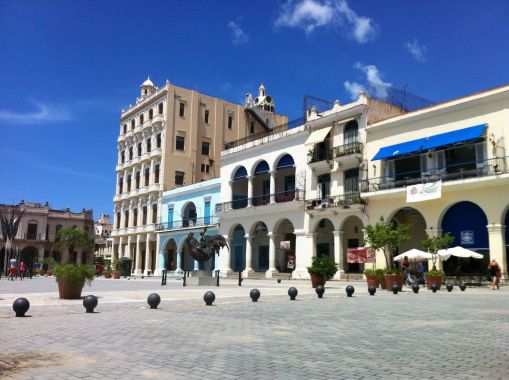
Any safety concerns?
Havana’s pretty safe, so no need to worry at all. However, like in any capital city, it pays to keep your wits about you. Hold on to your bag and watch your pockets, especially in crowded places. Sometimes things are snatched by someone on the back of a motorbike, so make sure you fasten your bag securely around you or wear a money belt. Look out for scams, too – a common one is somebody chatting you up and taking you to a bar, then the waiter bringing you a hugely inflated bill. Cubans are friendly, but keep an eye out for people being too friendly.
Do: drink overpriced cocktails at the top of the Habana Libre hotel for the stunning view, even if only once.
Don’t: … not dance salsa. You must dance salsa.

Useful resources and things to read:
Lonely Planet is a reliable guide for the main sights, and a great guidebook to buy is Christopher P. Baker’s Moon Guide.
The Huffington Post have a great series of articles on Cuba at the moment, including David Latt‘s excellent travel tips. I also enjoy the in-depth pieces on Havana by Guardian Cities, especially Oliver Wainwright‘s latest insight into the changing world of tourism.
Contact me with any questions or suggestions!
¡Buen viaje!

